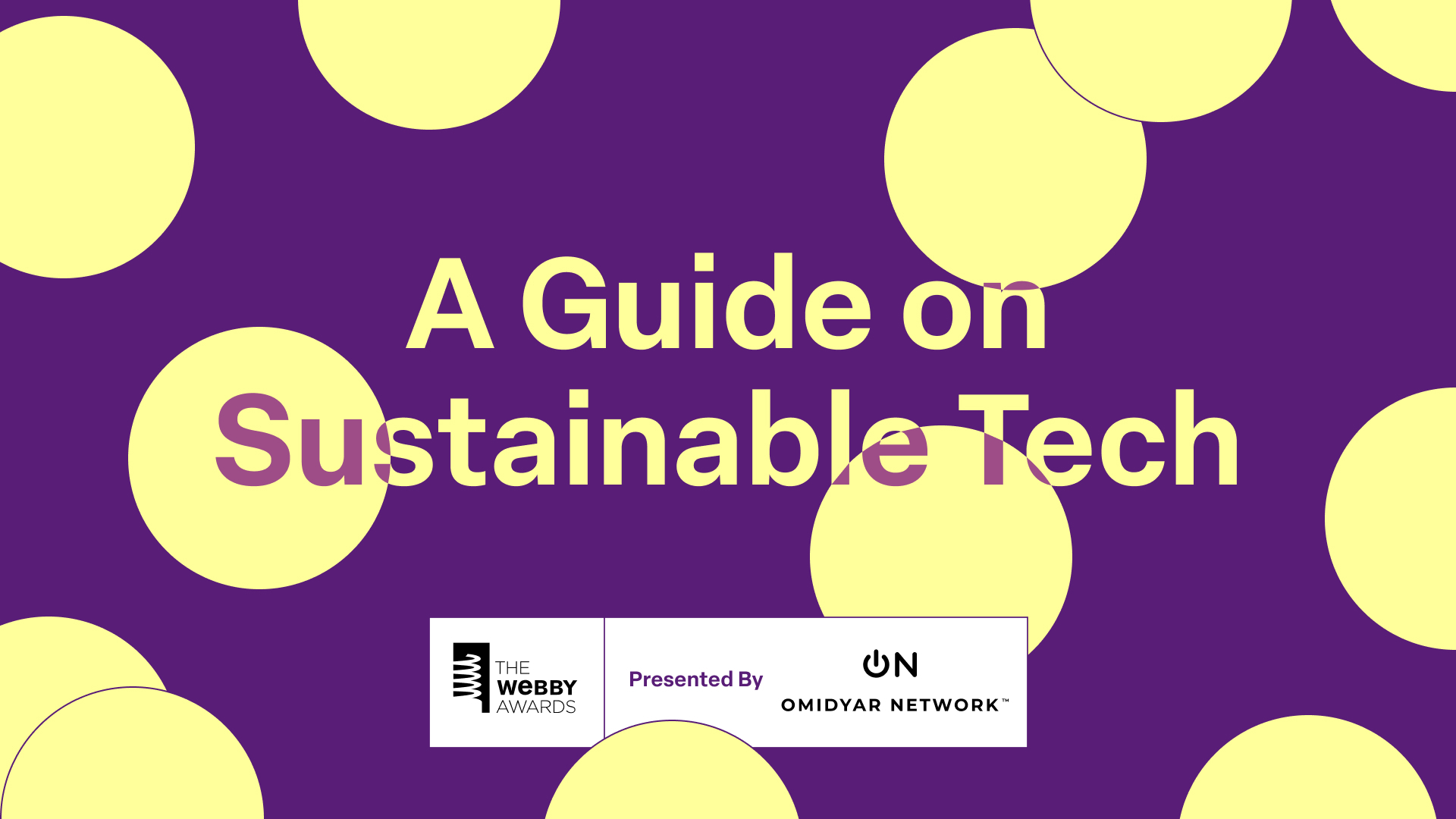Sustainability has broad definitions and applications. And applying it holistically in technology has become urgent in recent years as the environmental impact of tech becomes more evident.
The Internet accounts for about 3.7% of global greenhouse gas emissions, while aviation accounts for 2.1%. As the role digital plays in our lives grows, we must address its impact. This is vital to ensuring emerging tech becomes sustainable by default.
Applying sustainability in tech has two main avenues. The first is to use tech innovations in the larger fight to mitigate the climate impact of all sectors. The second is integrating it within tech, instilling sustainability into its very structure.
Good news is we’ve already embarked on the first route. Existing and emerging tech are increasingly used to create strategic sustainable solutions. Known as technology ecoadvantage, this approach has accelerated the development and application of sustainable solutions worldwide.

Urban planning implement digital technology like information modeling systems and augmented reality (AR) to visualize a blueprint before construction even begins. This reduces the energy and resources consumed during the process. Global company Infarm implements an AI-based biofeedback system to gather real-time data on their plants and accommodate the growing environment to their needs.
Geothermal energy solutions allow the auto, energy, and tech sectors to rely solely on renewable & clean energy. A European minerals company adopted a digitally-enabled control tower with a cloud-enabled data platform, coupled with AI and advanced analytics, to reduce its energy consumption by up to 10%.
Devices that fall under the Internet of Things (IoT) have aided member countries’ efforts to reach UNDP’s 2030 Sustainable Development Goals. Smart water-monitoring solutions and smart lighting initiatives are some IoT devices helping shorten the journey to net zero.
Integrating Sustainability into Tech
Tech’s application to achieve sustainability doesn’t speak to its impact on the environment. Data centers running the most efficient technologies like blockchain and AI require immense energy. They also generate a lot of heat, ranging from 20 to 300 MW. And that is just a portion of its overall impact. Each step of a technology’s life cycle leaves an unmissable mark.
It can look like using tech to reduce the negative effects of businesses and large enterprises on the environment. It can also be repurposing the negative output of tech into something sustainable or finding ways to slow it down. It can also mean pushing companies to design products to be repaired instead of devices with a pre-determined end date.
There are steps everyday folks can take, from making the most out of the devices they already have to opting for second-hand instead of retail when it’s time for new ones. At the end of a device’s life cycle, users can seek safe disposal or recycling alternatives to the usual garbage can.












